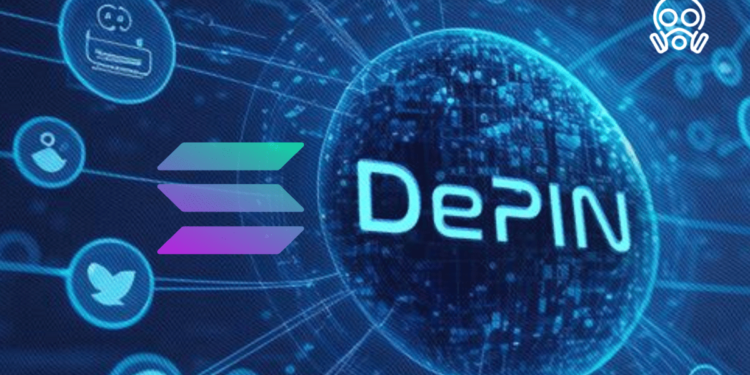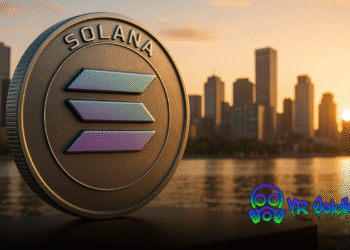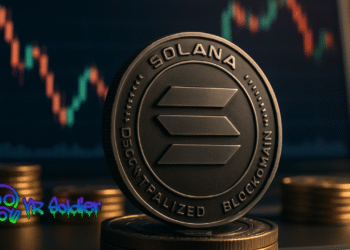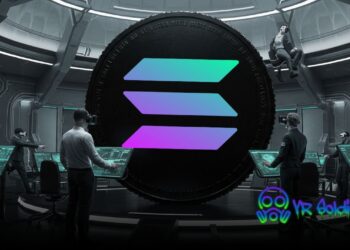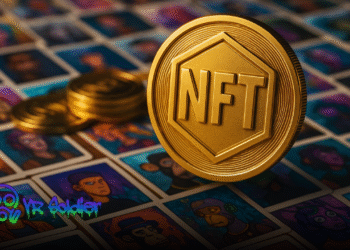DePIN, or decentralized physical infrastructure networking, epitomizes one of the swiftest expanding sectors in web3, one that is already influencing individuals’ everyday lives in the tangible world. The networks utilize incentives to stimulate individuals globally to cooperatively furnish infrastructure that energizes everything from computer rendering to EV charging to telecommunications networks. However, DePIN projects on Solana, like, Render and Helium, proof the potential of Decentralized Physical Infrastructure Networks to take the part in the economy and to take it to the next level.
Helium: Building the World’s Largest Decentralized Wireless Network on Solana
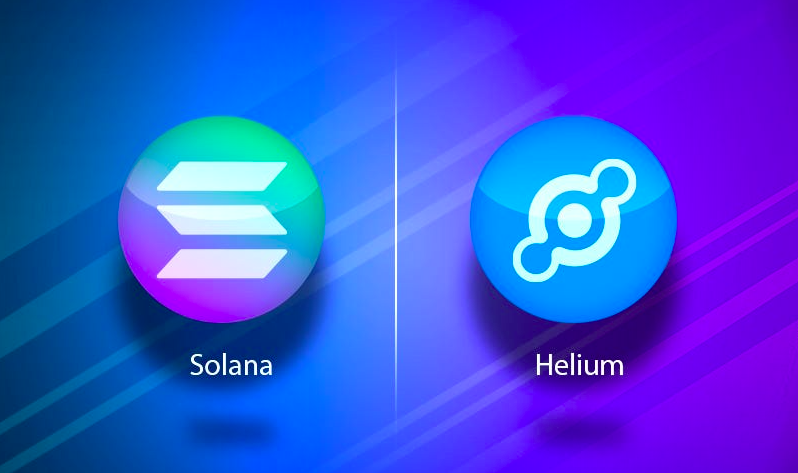
Helium is erecting the globe’s most rapidly growing decentralized wireless network. It’s a mobile service provider that furnishes $20-a-month 5G connectivity over its community-powered Helium Mobile network… but it’s also about individuals empowering individuals. “Helium is a network that aligns the incentives between individuals that desire to connect and individuals that are capable of furnishing connectivity,” articulates Helium Foundation CEO Abhay Kumar.
How Helium Works: Turning Homes into Cell Towers
“Helium is actually one of the simpler blockchain use cases to describe, because there’s actual physical hardware on the ground,” elucidates Noah Prince, head of protocol engineering at the Helium Foundation. “There are two networks – there’s a 5G network and there’s an IoT network. Essentially, anybody can become a cell phone tower operator by setting up a hotspot in their domicile, and then individuals walking around can utilize the network.” Hotspot providers are then remunerated in Helium’s native token for the connectivity they provide.
The Power of Community: Lowering Costs Through Collaboration
“With Helium, it’s a community leveraging what they already have as far as locations and hardware. The notion that you can operate something on a community-built network makes everything more economical,” elucidates Helium Foundation COO Scott Sigel. “Now, you’re conversing about $20 cell phone plans, because you’re not discussing one large, centralized organization that has to contemplate the real estate, the operation, the upkeep, the head count, so the cost is just going to continue to diminish in cost over time.”
Why Solana?
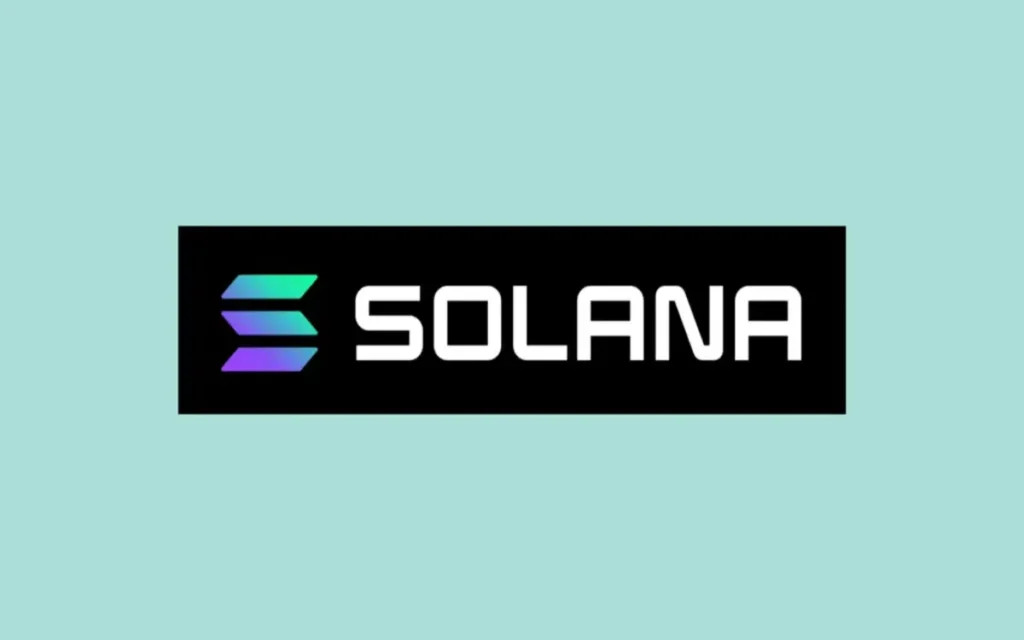
“As the Helium Network grows, the platform necessitates the underlying blockchain to also expand with it. And Solana is the sole genuine option for something like that”. Noah Prince, head of protocol engineering— helium foundation. Since migrating to Solana in April 2023, Helium has rolled out its $20 boundless 5G cellular plan nationwide in the US, expanded coverage to Mexico in collaboration with telecom giant Telefónica, and collaborated with Google to bundle its Pixel 8 smartphone with Helium services and hotspots. Moreover, the remarkable growth of the Helium network attests not merely to the quality of its service and value it provides, but the pivotal role blockchain can play in unlocking emerging industries.
Solana is Essential for Building the Decentralized Infrastructure
“We’re coordinating work in the tangible world at a large scale, and token incentives aid to solve for that. It’s simply not feasible to attempt to process this over traditional payment rails. It solely operates with blockchain technology. And at that kind of speed, that kind of scale, Solana’s a natural fit,” Sigel expounds. “We’re contemplating coordination and scalability, but also what the experience looks like for the average user. It needs to be intuitive, it needs to be fast, it needs to be simple. Solana genuinely is the sole blockchain that can power those varieties of interfaces.”
“Building the globe’s largest wireless network is a challenging enough quandary as it is – I don’t require a blockchain that’s impeding my progress — and Solana doesn’t,” articulates Prince. “As the Helium Network grows, we necessitate the underlying blockchain to also expand with it. And Solana is the sole genuine option for something like that.”
The Future of DePIN: Large-Scale Infrastructure Built on Decentralization
Large-scale, decentralized infrastructure networks like Helium are solely feasible on Solana. Moreover, this demonstrates the immense potential of DePIN, and Solana’s capabilities ensure its continued growth. The future of infrastructure is collaborative, efficient, and powered by the power of blockchain technology.

